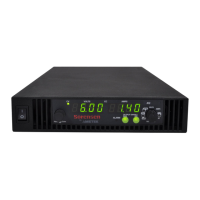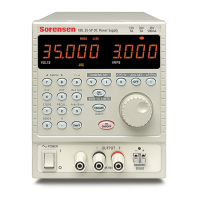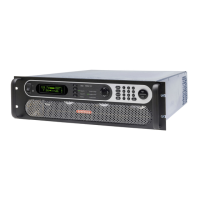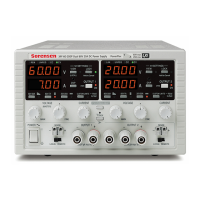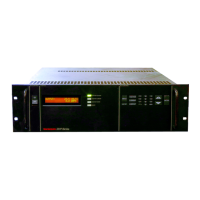DC Asterion Series Overview
M330460-01 Rev A 2-15
recommendations are for 30°C ambient, and for copper wire only. This table is derived
from the National Electrical Code and is for reference only. Local laws and conditions
may have different requirements. For higher ratings, wires can be paralleled; refer to
the National Electrical Code for guidelines.
Table 2-7. Minimum Wire Size
When determining the optimum cable specification for your power applications, the
same engineering rules apply whether at the input or output of an electrical device.
Therefore, this guide applies equally to the input cable and output cable for this power
source and application loads.
Power cables must be able to safely carry maximum load current without overheating
or causing insulation degradation. It is important to power source performance to
minimize IR (voltage drop) loss within the cable. These losses have a direct effect on
the quality of power delivered to and from the power source and corresponding loads.
When specifying wire gauge, consider derating due to operating temperature at the
wire location. Wire gauge current capability and insulation performance drops with the
increased temperature developed within a cable bundle and with increased
environmental temperature. Therefore, short cables with derating of gauge size and
insulation properties are recommended for power source applications.

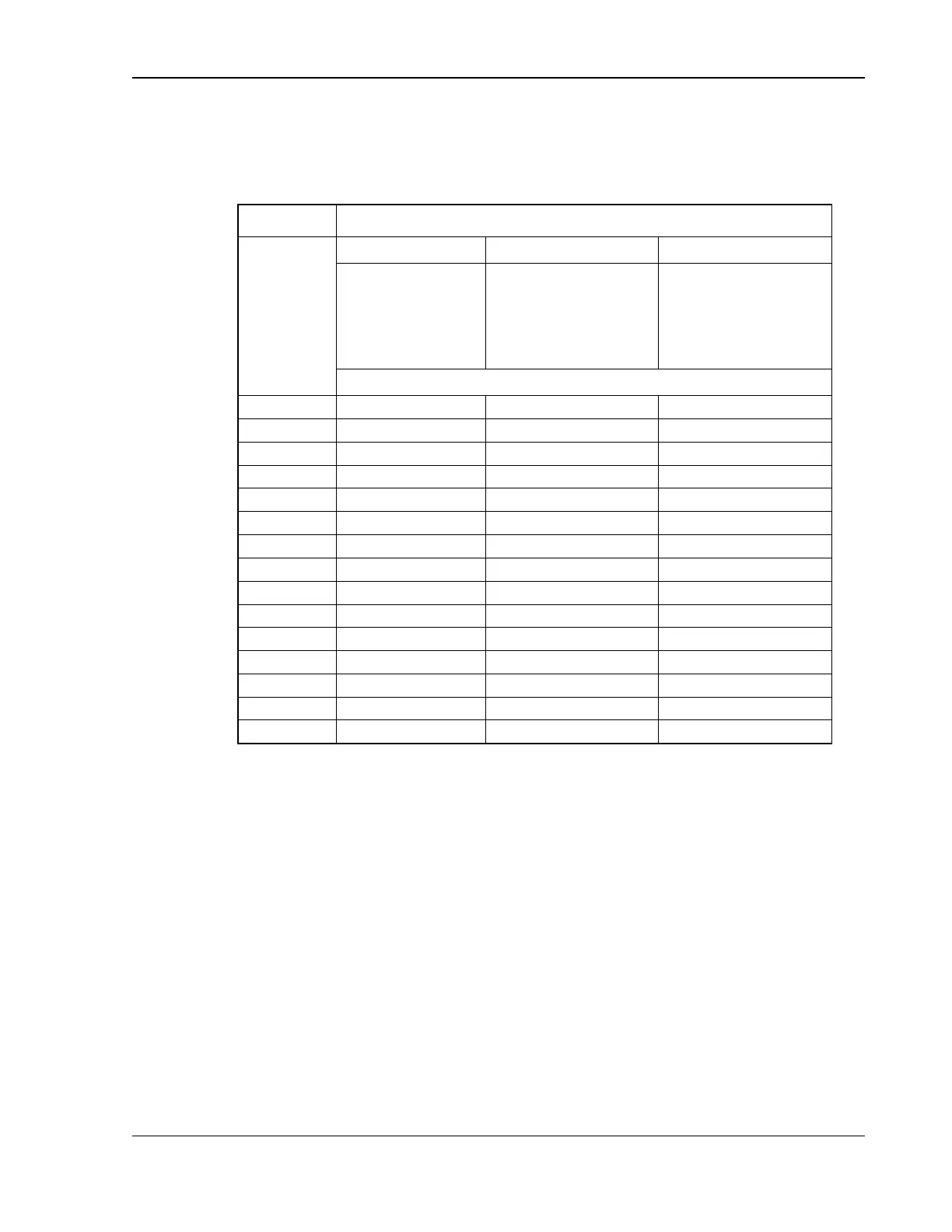